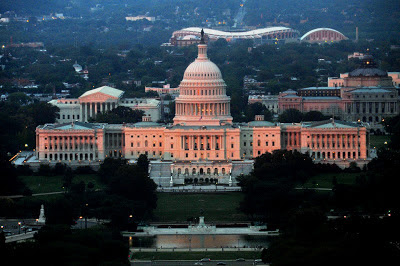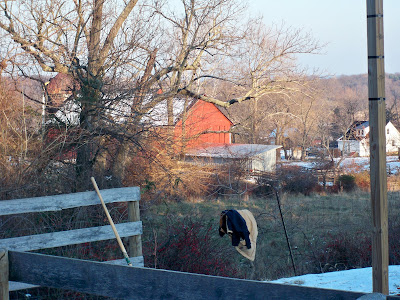Grand Central Centennial
Saturday marked not only the 127th Groundhog Day celebration in Punxsutawney, Pennsylvania, but also the 100th birthday of Grand Central Station. It was the second train station on that site, and it opened on Sunday, February 2, 1913. More than 150,000 people visited the first day.
For me, for years, Grand Central was the place I passed through on the way to work. My office was in the Helmsley Building, an ornate wedding cake of a structure that straddles Park Avenue north of the station.
Grand Central was where we grabbed a newspaper and a bagel before starting our day at the oh-so-civilized hour of 9:30 a.m. It was where we went out to lunch for a splurge on our assistant editor salaries. It was where we met people for drinks or dinner. It was even sometimes where we caught the train.
Most of all it was — and still is — a grand public space. One of the grandest. And its currency is not stone or steel but motion. Of trains, of people.
To stand at the clock in the middle of Grand Central is to be caught up in a great whirl of activity — but somehow to feel the stillness within the movement.
(Not Grand Central, but something of its scale…)


